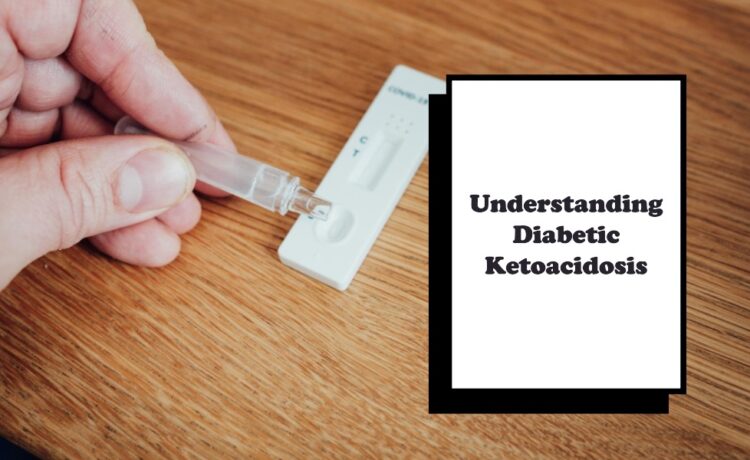Diabetic Ketoacidosis (DKA) is a severe, potentially life-threatening condition that can occur in people with diabetes. While the topic is sensitive, understanding how long it takes to succumb to this condition could be instrumental in recognizing its seriousness and taking timely action. This article aims to explore this critical issue.
What is Diabetic Ketoacidosis (DKA)?
DKA occurs when your body doesn’t have enough insulin to allow your cells to use glucose for energy. As a result, your body starts to burn fat for fuel, leading to the accumulation of ketones, which can make your blood too acidic. High ketone levels can lead to DKA, which requires immediate medical attention.
Signs and Symptoms
Early recognition is crucial for effective treatment. Symptoms of DKA can include:
- Excessive thirst
- Frequent urination
- Nausea or vomiting
- Abdominal pain
- Rapid breathing
- Fruity-scented breath
The Time Frame: How Long Does it Take?
The time frame for how long it takes for DKA to become fatal can vary widely depending on several factors:
- Promptness of Treatment: With rapid intervention, most cases of DKA can be resolved.
- Severity of the Condition: DKA can develop gradually over several hours to days, but it can also occur much more quickly in certain situations.
- Underlying Medical Conditions: The presence of other illnesses can complicate DKA and hasten its severity.
Given these variables, it’s impossible to predict an exact time frame for fatality. However, without treatment, DKA can lead to coma or death within a matter of hours to days.
Immediate Actions and Treatment
If you suspect DKA, seek immediate medical care. The treatment often involves:
- Fluid replacement
- Electrolyte replacement
- Insulin therapy
FAQs
1. Who is at risk for DKA?
Both Type 1 and Type 2 diabetics are at risk, though it is more common in Type 1 diabetes.
2. Can DKA be prevented?
Regular monitoring of blood sugar levels and ketones can help in the early detection and prevention of DKA.
3. What are the long-term effects of DKA?
If not treated promptly, DKA can lead to kidney failure, cardiac arrest, or death.
4. Can you have DKA with normal blood sugar?
Rarely, euglycemic DKA can occur where blood sugar levels are not significantly elevated.
5. How is DKA diagnosed?
A series of tests, including blood tests and urine tests, are usually conducted to diagnose DKA.
Conclusion
Diabetic Ketoacidosis is a severe medical emergency that requires immediate attention. The time it takes for DKA to become fatal varies, but without prompt treatment, it can lead to severe consequences, including death, within a matter of hours to days. Early recognition and treatment are vital in managing this condition effectively.












